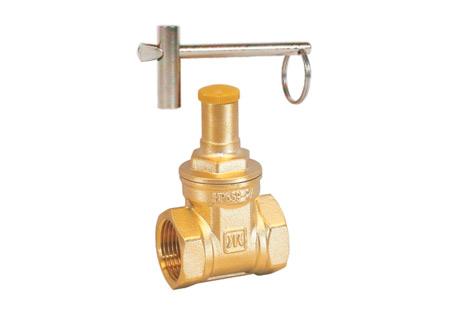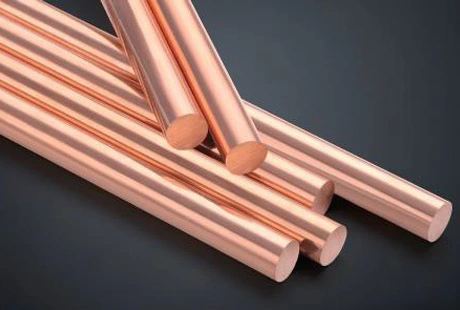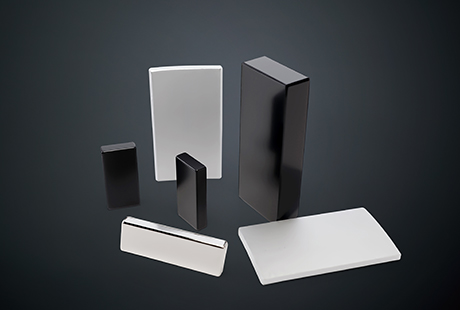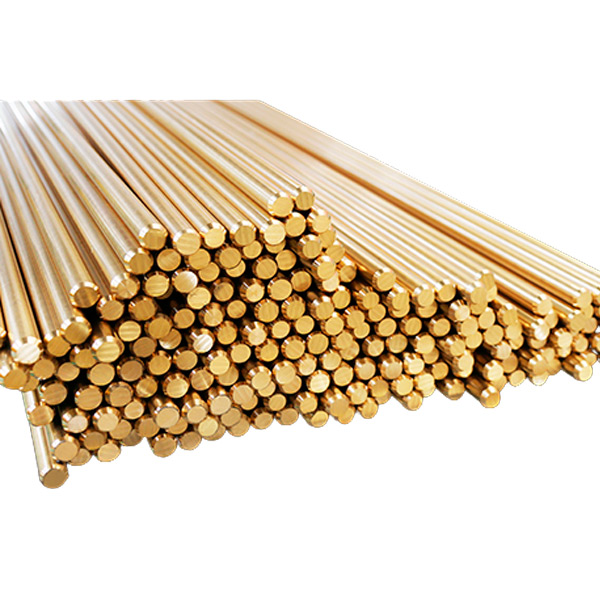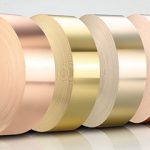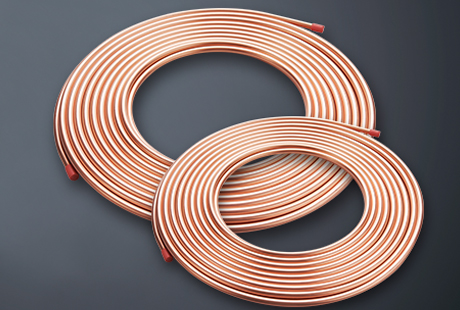In modern household life, water heaters are essential for daily bathing and cleaning. Their internal structure and material choices directly affect the user experience and energy efficiency performance. Among these, copper pipes serve as one of the core components of water heaters, playing an irreplaceable role in the water heater industry due to their outstanding performance. This article will delve into the characteristics, advantages, application scenarios of copper pipe products in water heaters, and their significant role in improving heating efficiency and energy-saving performance.
Categories of Copper Pipes Produced by Jintian Copper: | Coiled Copper Tubing |
Straight Copper Pipes |
Copper Coils |
Oxygen-free Copper Heat Pipes |
Insulated Copper Pipes |
Inner Grooved Copper Pipes |
Characteristics of Copper Pipes in Water Heaters
Typically, copper pipes in water heaters are made of high-purity copper materials, featuring excellent thermal conductivity, corrosion resistance, and plasticity. The high purity of copper ensures its good electrical and thermal conductivity, enabling water heaters to quickly transfer heat to water molecules during the heating process, thereby improving heating efficiency. Additionally, the smooth inner walls of copper pipes reduce water flow resistance, further enhancing heating speed. Copper pipes also have good ductility and plasticity, making it easy to process them into various shapes to suit different installation needs of water heaters.
Furthermore, copper is an extremely stable and inactive element, which is why it can be used as a minting material. The patina on copper is a product of a chemical reaction between copper's surface and external substances. For patina to form on the inner walls of a water pipe, two stages of reaction are required: the first stage involves the formation of copper oxides on the inner wall, which requires prolonged contact between copper, oxygen, carbon dioxide in the air, and water. However, the oxygen and carbon dioxide content in water pipes during daily use is minimal, making this reaction difficult to achieve and the formation of copper oxides rare.
Since the first stage is difficult to reach, the probability of patina forming in the second stage is essentially eliminated. For patina to form, copper oxides must react with sulfur dioxide, carbon dioxide, and hydrogen sulfide in the atmosphere on copper's surface. Such reactions are impossible in our daily water since it scarcely contains sulfur dioxide or hydrogen sulfide.
Additionally, due to copper itself carrying positrons, it is impossible for it to replace hydrogen, which also carries positrons in water, thus completely eliminating the possibility of patina formation. If we hypothetically assume that patina does form on the inner walls of a copper water pipe after seventy to eighty years of coincidental use, it would still not pose any health hazard, as patina is insoluble in water. Thus, patinated water would not flow through the water system for your use.
The Important Role of Copper Pipes in Water Heaters
In water heaters, copper pipes mainly connect the heating elements to the water tank, forming a hot water circulation loop. Given that water heaters need to operate in high-temperature and high-pressure environments for extended periods, selecting copper pipes as the medium for hot water transmission is crucial. Copper pipes can withstand high temperatures and pressures and effectively prevent corrosion and oxidation, ensuring the long-term stable operation of water heaters. Moreover, the efficient thermal conductivity of copper pipes allows water heaters to quickly convert electrical energy into thermal energy, improving heating efficiency and shortening users' wait time for hot water.
Advantages of Copper Pipes in Energy Efficiency
Besides enhancing heating efficiency, copper pipes also excel in energy-saving performance. The smooth inner walls of copper pipes reduce water flow resistance, lowering pumping energy consumption. At the same time, their superb thermal conductivity enables heat to be rapidly and evenly transferred to water molecules, minimizing unnecessary heat loss. These characteristics collectively result in lower energy consumption during the heating process in copper-piped water heaters, achieving energy-saving and eco-friendly goals.
In conclusion, copper pipe products in water heaters, with their excellent performance, wide application scenarios, and significant advantages in improving heating efficiency and energy-saving performance, have become indispensable key components in modern water heaters. As technology continues to advance and consumer demands grow, copper pipe products are expected to continue playing an important role in the water heater industry, bringing more convenience and comfort to our lives. We also look forward to the emergence of more eco-friendly and efficient copper pipe products, jointly promoting the sustainable development of the home appliance industry.
In addition, in some high-end gas water heaters, copper pipes are widely used in key parts such as the combustion chamber and heat exchangers. These parts are exposed to harsh working conditions and must withstand high temperatures, high pressures, and corrosion. Copper pipes, with their excellent performance, can maintain stable operation under these extreme conditions, ensuring the long-term efficient operation of water heaters.
Jintian Copper has been focusing on the production of copper pipes for over 10 years, with production bases in Jiangsu, Ningbo, and Vietnam. It produces copper water pipes, air conditioner straight pipes, coils, inner grooved copper pipes, oxygen-free copper pipes, clad copper pipes, and other products. For inquiries, please contact us at: 0574-83005999.

 English
English 한국어
한국어 français
français Deutsch
Deutsch Español
Español italiano
italiano العربية
العربية tiếng việt
tiếng việt Türkçe
Türkçe ไทย
ไทย 中文
中文
